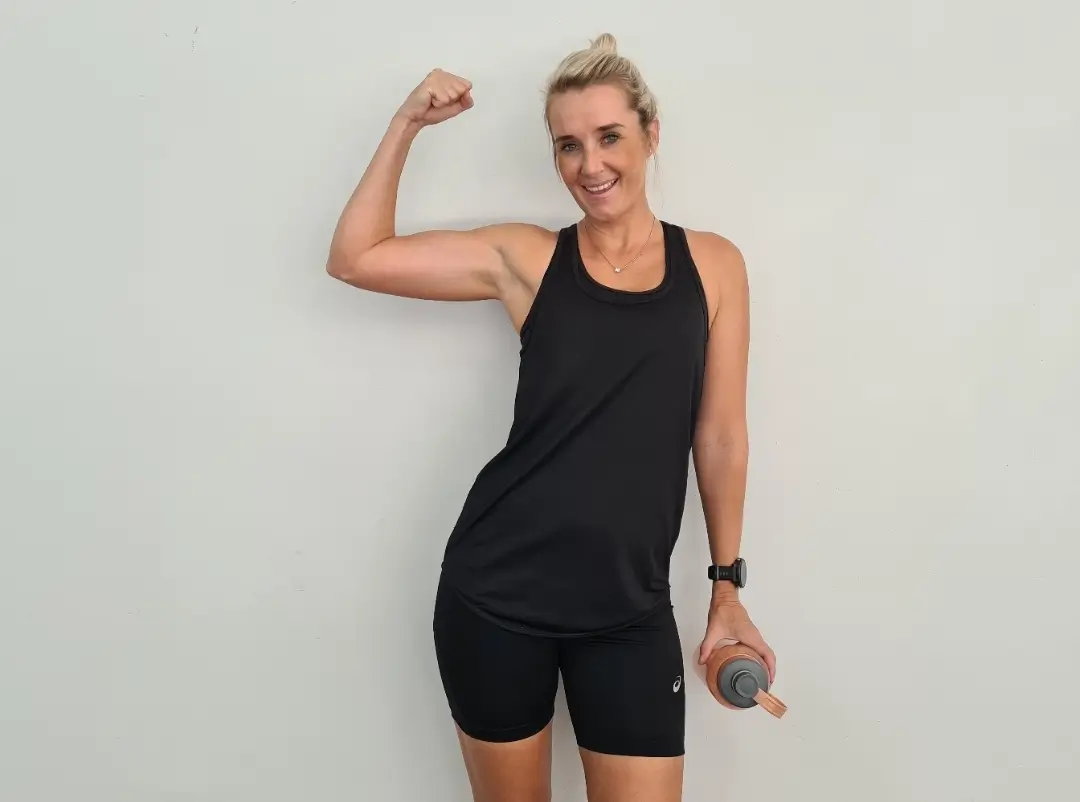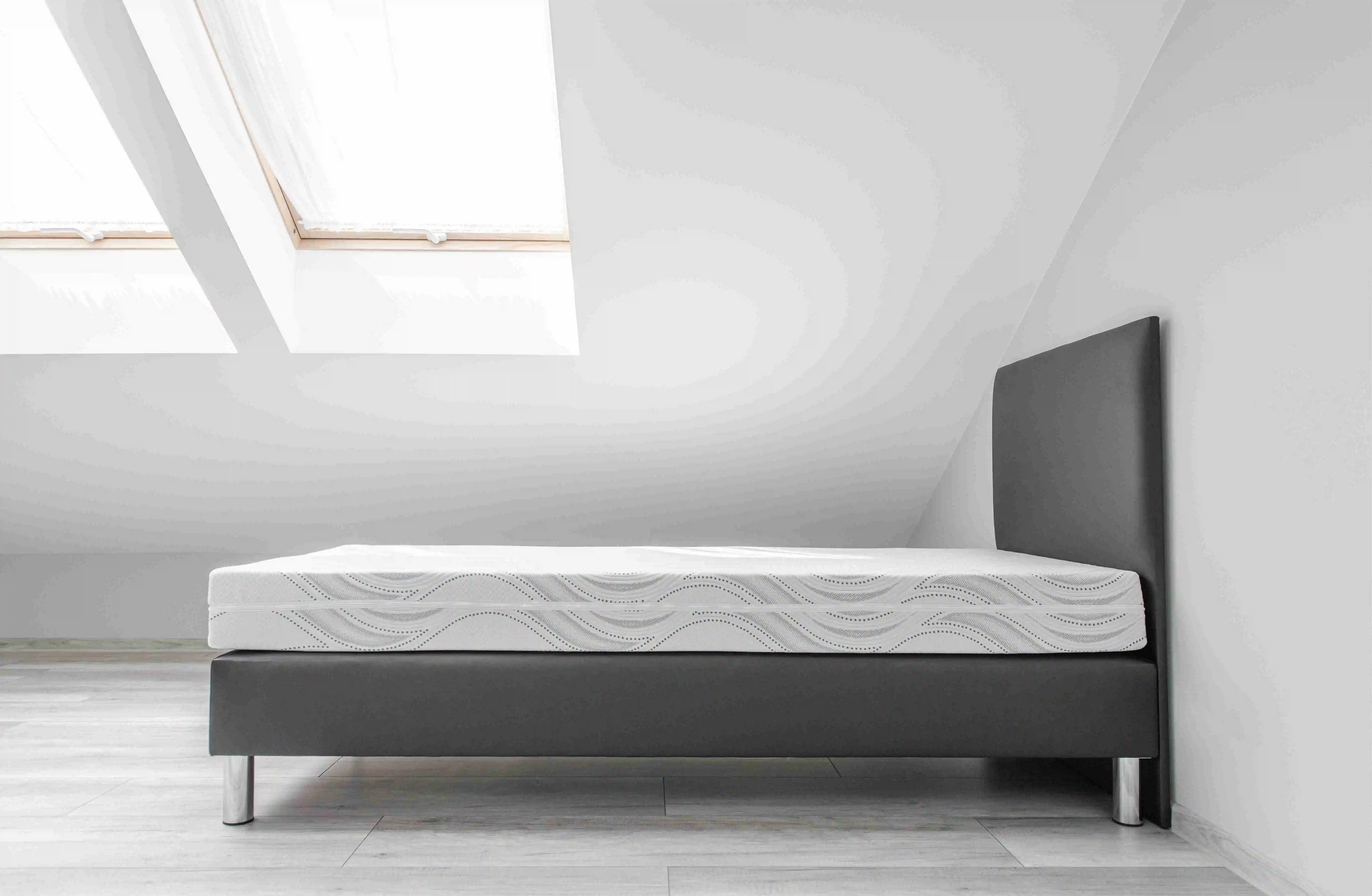
A mattress topper is a valuable addition to your bed setup that can significantly improve sleep quality. The primary purpose of a mattress topper is to enhance the comfort and support of your mattress, extend its lifespan, and provide a healthier sleep environment.
This comprehensive article will walk you through everything you need to know before investing in a mattress topper.
What are mattress toppers?
Mattress toppers, which are removable bedding layers, enhance the comfort and support of an existing mattress. Mattress toppers, typically several inches thick, sit on top of the mattress beneath the fitted sheet.
Memory foam, latex, down, or fiberfill are just a few of the materials used to make mattress toppers, and they come in various firmness levels to cater to individual preferences. Mattress toppers enhance the comfort of a mattress, provide pressure relief, improve spinal alignment, and extend the mattress's lifespan.
Mattress toppers can also act as a protective layer, guarding the mattress against wear and tear.
Mattress Toppers Overview
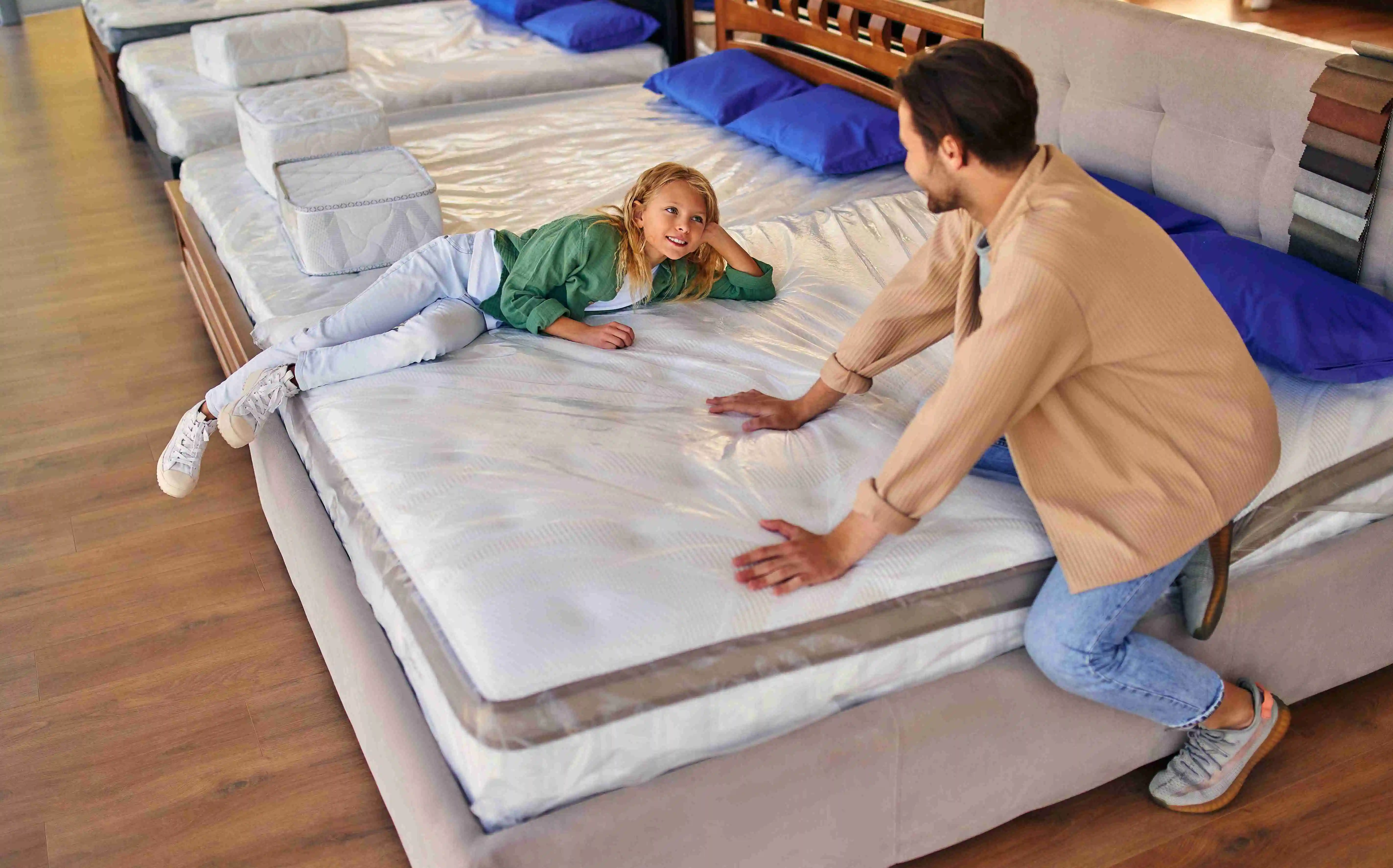
Pros
- Enhance mattress comfort and support: Mattress toppers provide an additional layer of cushioning, promoting a more comfortable and supportive sleep surface. They can also adjust your mattress's firmness level, softening a firm mattress or adding firmness to a softer one. This adaptability helps create a personalized sleep environment tailored to individual preferences.
- Extend the lifespan of your mattress: By acting as a protective barrier, mattress toppers shield the mattress from wear and tear, spills, and stains, thereby prolonging the lifespan of the underlying mattress.
- Offer pressure relief, which can help reduce back and joint pain: The added cushioning and support from mattress toppers can alleviate pressure points, reduce discomfort, and promote better spinal alignment, which is beneficial for individuals dealing with back or joint pain.
- Available in a variety of materials to suit different preferences: Whether it's memory foam for contouring support, latex for natural resilience, or down for a plush feel, mattress toppers come in a wide range of materials to cater to diverse comfort and support needs.
Cons
- Quality mattress toppers can be quite expensive: High-quality mattress toppers made from premium materials can come with a significant price tag, which might be a consideration for those on a budget.
- Some materials, like memory foam, can retain heat: Certain mattress topper materials, such as memory foam, may trap body heat, potentially causing discomfort for individuals who are sensitive to temperature fluctuations during sleep.
- They may alter the feel of your mattress, which not everyone might appreciate: While some individuals may appreciate the enhanced comfort and support provided by a mattress topper, others may find that it changes the feel of their existing mattress in a way that is not to their liking, making it a subjective preference.
Mattress Topper Size Chart
| BED SIZE | MATTRESS TOPPERS (W x L) |
|---|---|
| Single | 35" x 75" |
| Double | 53" x 75" |
| King Size | 59" x 79" |
| Superking | 71" x 79" |
| Emperor | 79" x 79" |
| Small Double | 47" x 75" |
Learn More: Mattress Topper Sizes.
Thickness & Density of Mattress Toppers
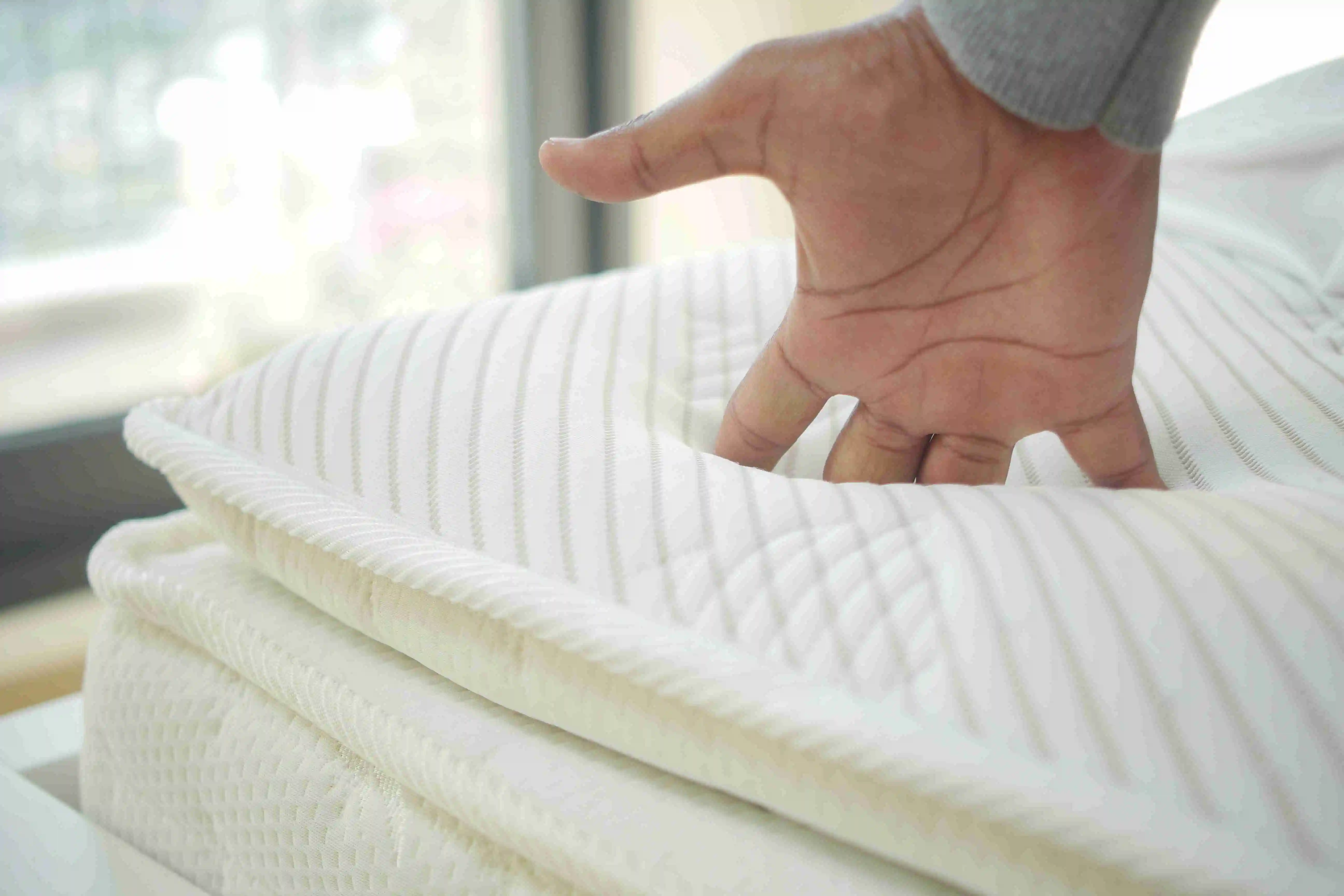
Thickness
- 2-3 Inches: Toppers in this thickness range provide a noticeable layer of cushioning and comfort. They are suitable for individuals looking to adjust the firmness of their mattress or alleviate pressure points.
- 4 Inches or More: Thicker toppers offer substantial padding and are particularly beneficial for individuals seeking maximum cushioning and support. They can effectively transform the feel of a mattress, especially when aiming to soften a firm sleeping surface.
Density
- Low Density: Toppers with lower-density foam or fill are softer and more responsive, conforming closely to the body. They are ideal for individuals who prefer a plush, contouring feel.
- High Density: Higher-density toppers provide firmer support and are less prone to compression over time. They offer enhanced durability and are well-suited for those seeking robust, long-lasting cushioning.
Materials Used in Mattress Toppers
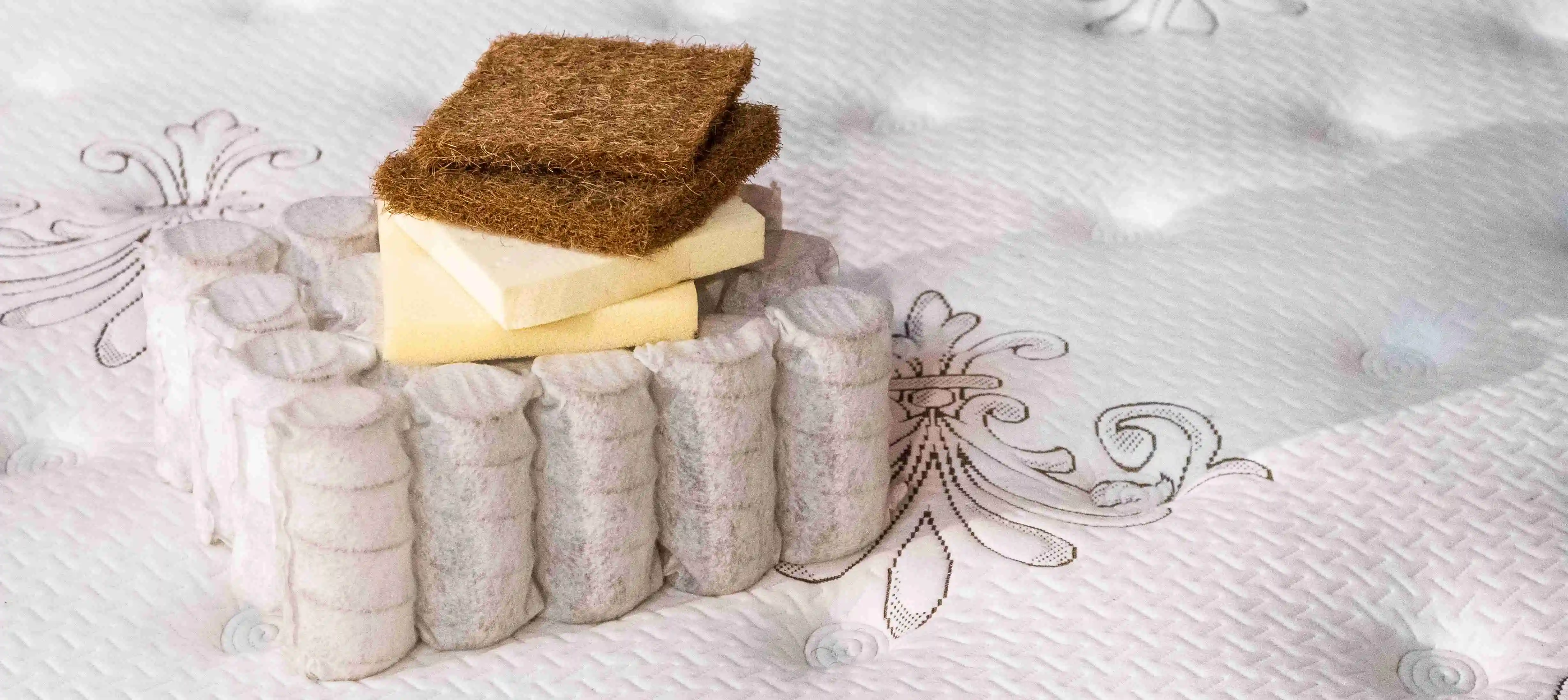
Memory Foam
Memory foam mattress toppers offer excellent body contouring and pressure relief, making them ideal for those with back or joint pain. However, they tend to retain heat, which may not be suitable for hot sleepers.
Learn More: What is Memory Foam?
Latex
Latex mattress toppers are durable and provide a good balance of comfort and support. They are also hypoallergenic and resistant to dust mites and mold.
Down/Feather
Down or feather mattress toppers are known for their plush softness and luxury. They are lightweight and provide excellent warmth, making them ideal for colder climates.
Wool
Wool mattress toppers are naturally breathable and moisture-wicking, providing a cool sleeping surface in the summer and warmth in the winter. They are also hypoallergenic and durable.
Mattress Topper vs. Mattress Pad
Mattress toppers and mattress pads are both designed to enhance the comfort and support of a mattress, but they serve different purposes and offer distinct benefits.
Mattress Topper
The primary purpose of a mattress topper is to provide an additional layer of cushioning and support to a mattress. Unlike a mattress pad, it is thicker and designed to enhance the mattress's feel, offering more comfort and relief from pressure.
- Materials: Toppers are available in various materials, such as memory foam, latex, down, or fiberfill, each offering unique properties to cater to individual preferences.
- Support: Their design aims to enhance overall sleep comfort, improve spinal alignment, and reduce pressure points.
- Thickness: Toppers are generally thicker than mattress pads, often ranging from 2 to 4 inches in depth.
Mattress Pad
The purpose of a mattress pad, also known as a mattress protector, is to provide a thin layer of padding that protects the mattress from moisture, allergens, and general wear and tear. It has a minimal impact on the mattress's feel.
- Protection: Pads serve as a hygienic barrier between the sleeper and the mattress, protecting it from spills, stains, and allergens.
- Materials: They are typically made from materials that are waterproof or water-resistant, making them suitable for protecting the mattress from liquid damage.
- Thickness: Pads are thinner than toppers, usually around 1 inch or less in thickness.
Lifespan of a Mattress Topper
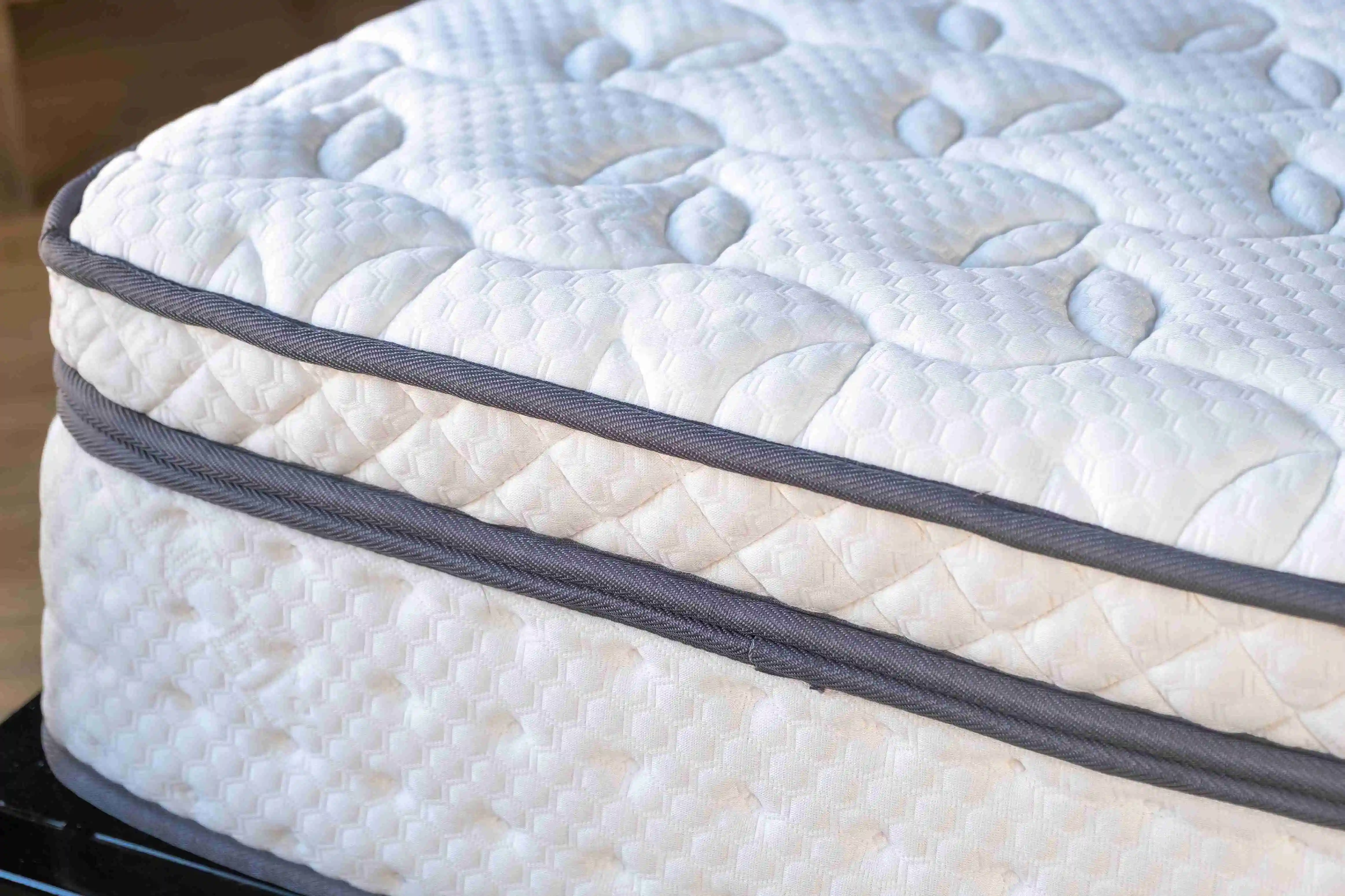
The lifespan of a mattress topper can vary depending on several factors, including material quality, frequency of use, and proper maintenance. On average, a high-quality mattress topper made from durable materials such as latex or high-density memory foam can last between 3 and 5 years with regular use and proper care.
However, natural wear and tear, as well as the accumulation of body oils, moisture, and debris, may affect the longevity of the topper.
To extend the lifespan of your mattress topper, it's essential to follow the manufacturer's care instructions, rotate and flip the topper regularly, use a mattress protector, and keep it clean and well-ventilated. Additionally, investing in a high-quality topper from a reputable manufacturer can contribute to its durability and longevity.
How to Maintain Your Mattress Topper
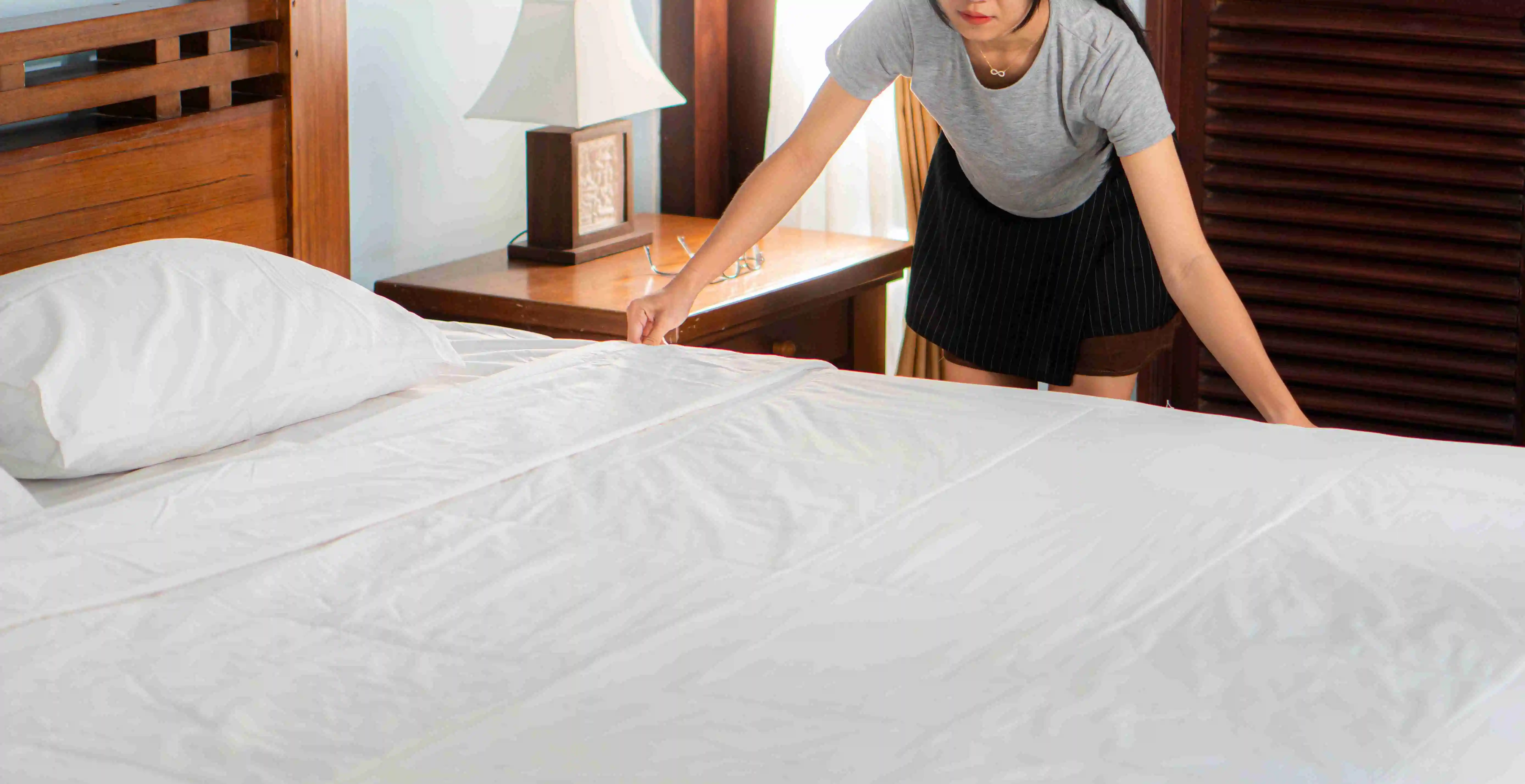
Regular Cleaning
Follow the manufacturer's instructions for cleaning your specific type of mattress topper. Some toppers can be machine-washed, while others may require spot cleaning. Regular cleaning helps remove dust, allergens, and stains, keeping the topper fresh and hygienic.
Use a Mattress Protector
Consider using a mattress protector over your mattress topper to provide an additional layer of protection against spills, dust mites, and other contaminants. A mattress protector can help extend the life of your topper by minimizing exposure to potential damage.
Rotate and Flip
If your mattress topper is reversible, rotating and flipping it periodically can help distribute wear and tear more evenly, ensuring that it maintains its shape and support over time.
Sunlight Exposure
Whenever possible, expose your mattress topper to direct sunlight. Sunlight can help reduce moisture build-up and prevent the growth of mold and mildew, especially in humid environments.
Adequate Support
Place your mattress topper on a surface that is both supportive and well-ventilated. Proper ventilation can prevent moisture retention and maintain the freshness of the topper.
Spot Cleaning
Respond promptly to spills and stains by spot-cleaning the affected area with a mild detergent and water. Avoid using harsh chemicals or bleach, as they can damage the topper's material.
Regular Inspection
Periodically inspect your mattress topper for any signs of wear, tears, or damage. Address any issues promptly to prevent further deterioration.
Key Considerations When Choosing a Mattress Topper
- Material: Consider mattress topper types such as memory foam, latex, down, or fiberfill based on your comfort preferences, support needs, and any allergies or sensitivities.
- Thickness: The thickness of the topper can affect its support and comfort. Thicker toppers may provide more cushioning, while thinner ones can offer a subtle adjustment to the feel of the mattress.
- Firmness Level: Look for a topper that complements the firmness level of your existing mattress or provides the desired level of support, whether you prefer a softer or firmer feel.
- Support and Pressure Relief: Assess how the topper aligns with your body, distributes weight, and relieves pressure points, especially if you experience back pain or discomfort.
- Breathability and Temperature Regulation: Consider materials that offer breathability and heat dissipation to ensure a comfortable sleep environment, especially if you tend to sleep hot.
- Durability and Maintenance: Evaluate the durability and maintenance requirements of different topper materials to ensure long-term satisfaction and ease of care.
- Compatibility: Ensure the topper is compatible with your mattress size and type, and consider factors such as motion isolation and noise potential if sharing the bed with a partner.
FAQs
What are the benefits of using a mattress topper?
A mattress topper offers various benefits, including enhanced comfort, improved support, and the ability to adjust the firmness or softness of your mattress. It can also prolong the lifespan of your mattress by providing an additional layer of protection against wear and tear.
How do I choose the best mattress topper for my needs?
When choosing a mattress topper, consider factors such as material (memory foam, latex, down, etc.), thickness, firmness level, and any specific issues you aim to address, such as back pain or pressure relief.
Can a mattress topper help alleviate back pain?
Yes, a supportive and properly aligned mattress topper can help alleviate back pain by providing additional cushioning and support to the body, reducing pressure points, and promoting proper spinal alignment during sleep.
How can I care for and maintain my mattress topper?
Caring for a mattress topper typically involves regular airing, spot cleaning, and occasional gentle vacuuming to remove dust and debris. Some toppers may have specific care instructions based on their material, so it's essential to follow the manufacturer's guidelines for maintenance.
Are mattress toppers suitable for all mattress types and sizes?
Yes, most standard mattress sizes, including twin, full, queen, and king, as well as various mattress types like innerspring, memory foam, latex, and hybrid mattresses, can accommodate mattress toppers. It's essential to choose a topper that complements your existing mattress to ensure a comfortable and supportive sleeping surface.
When Should I Replace My Mattress Topper?
The material and quality of the bed topper, along with its care, determine its exact lifespan, which typically requires replacement every 3–5 years.
How do I choose the best memory foam mattress topper?
Select mattress toppers that have a thickness of two to three inches to prevent you from sinking too much into the mattress, which may lead to back pain and misalign your spine, and check the top-rated mattress toppers before purchasing.
Conclusion
A mattress topper can be a valuable addition to your bed setup. It not only improves your bed's comfort, but it also protects your mattress and can help extend its lifespan. By considering factors such as material, thickness, size, and personal comfort preferences, you can choose the best mattress topper. Don't forget to read mattress topper reviews before making a purchase.
Karen Barnard
Karen is a Human Movement Science expert and a certified sports nutrition and massage therapist. At Sleepiverse, she combines her passion for human movement science and sleep health to educate herself and her readers about healthier sleep. In addition to writing articles, Karen manages a fitness studio offering private training, athletic conditioning, and sports massage therapy. She focuses on providing people with a holistic environment for people to reach their health goals, often incorporating stretch therapy to promote mental tranquillity and help people improve their sleep.
